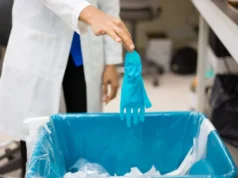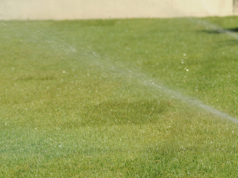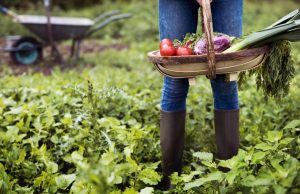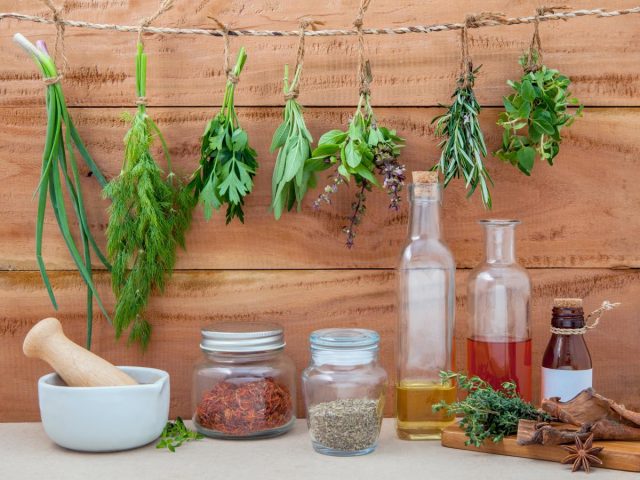
Indoor herb gardens are all the rage nowadays thanks to their picturesque look and utility. If you want to cultivate your very own indoor garden then start with our top 3 herbs to grow indoors that make excellent natural remedies! These herbs are not only ideal to prepare various home remedies, but they can also take your cooking to the next level!
Many people want an indoor herb garden but shy away fearing the task is too difficult. We are here to tell you otherwise! An indoor garden is something really easy that anyone can pull off. All you need to do is add a little fertilizer and water the plants as needed. Check out our top picks below and learn how to plant, grow, and use the best and most popular herbs around!
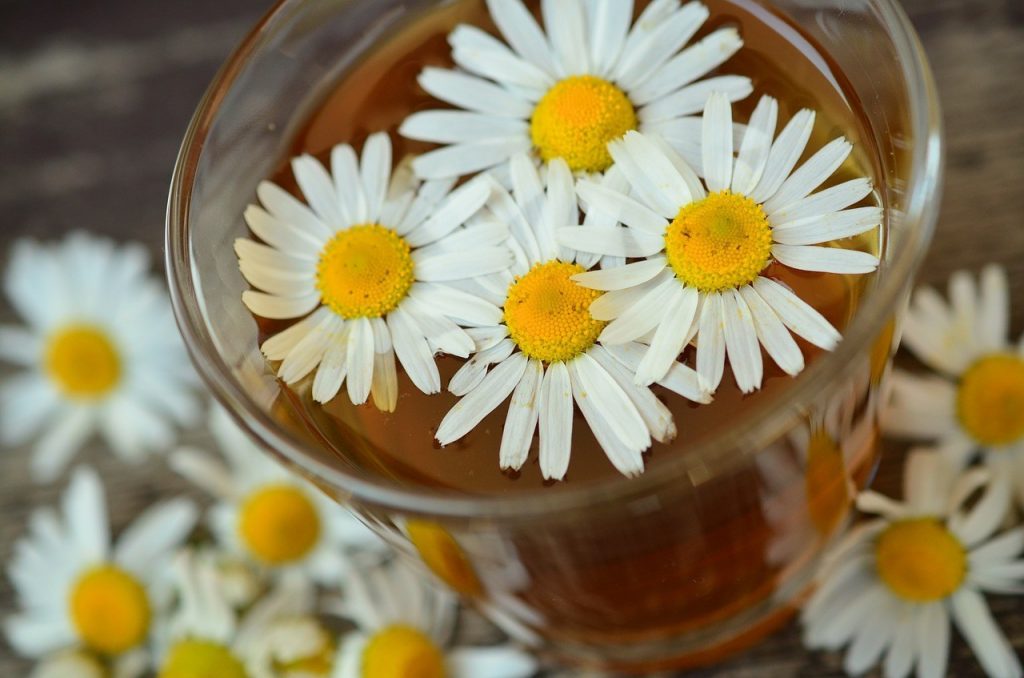
Basil
Ever-popular in the Mediterranean cuisine, basil is without a doubt a popular kitchen herb in Greece and worldwide. While many people believe it’s something you add over your freshly sliced mozzarella, basil is also a powerful medicinal plant and an incredible aromatherapy choice! Whether dried or fresh, basil is ideal for cooking or for hanging in your house. It’s inviting perfume soothes the nerves and clears the mind.
Basil also has important medicinal uses. It can be used as an anti-arthritic, topical antioxidant, and anti-inflammatory. When it comes to eating it, basil is a wise choice. Nutritionally, this plant provides a healthy dose of vitamins A, K, and C, as well as magnesium, iron, potassium, and calcium. More information on healing herbs can be found in this article.
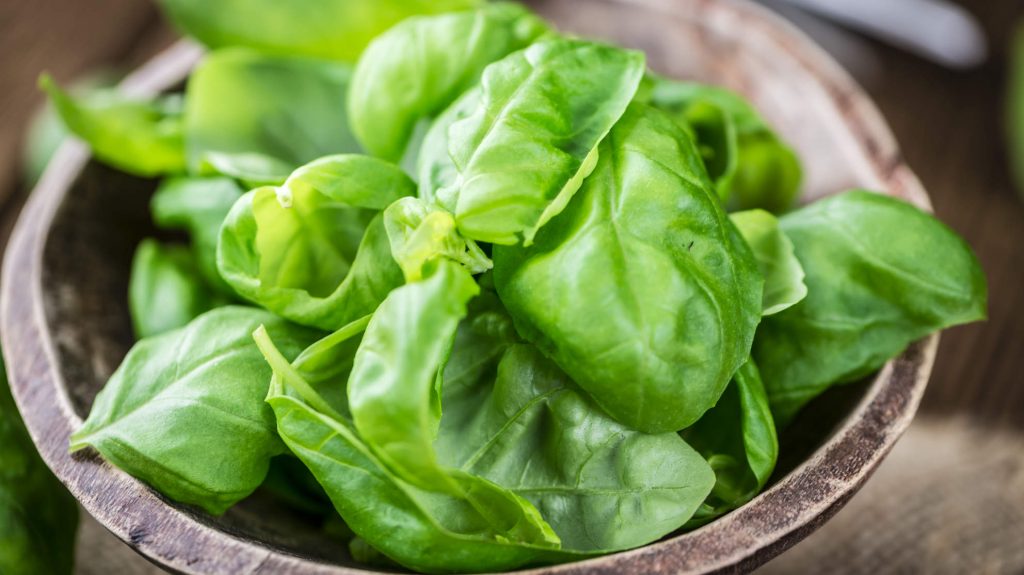
If you want to grow this plant, start with its seeds. Plant it indoors in the early spring, then take it outside after the danger of frost has passed. You don’t want to take it outside before that because low temperatures can kill the plant.
If you don’t want to start from scratch, then you can try growing your basil from clippings. In order to get the freshest basil leaves, ensure you remove the flower stalks from mature growths.
- Germination time: 5 – 10 days
- Ideal light conditions: Full sun exposure in the morning, shade in the afternoon
- Soil: Rich, moist, well-drained, pH 6 – 7
- Type of fertilizer: Incorporate compost or blood meal at the time of transplant high-nitrogen (2:1:1 ratio) every two weeks thereafter.
- Height: 24 – 30”
- Spacing: 12 – 18”
- Harvest: 10 weeks
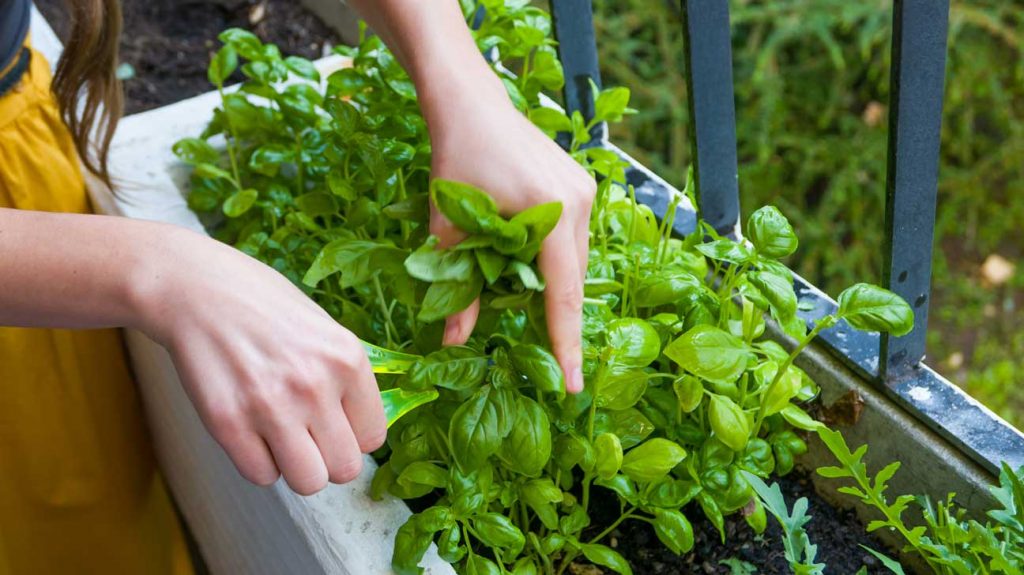
Chives
Chives is a plant that is part of the Alliums family. Chives are related to garlic, onions, and shallots. Growing chives makes not only for delicious omelets, but it also keeps your garden safe from insects and pests thanks to its biology. Namely, their sulfur content. Chives are high in sulfur, a natural antibiotic, and insect repellent. This means that eating chives provides anti-inflammatory benefits.
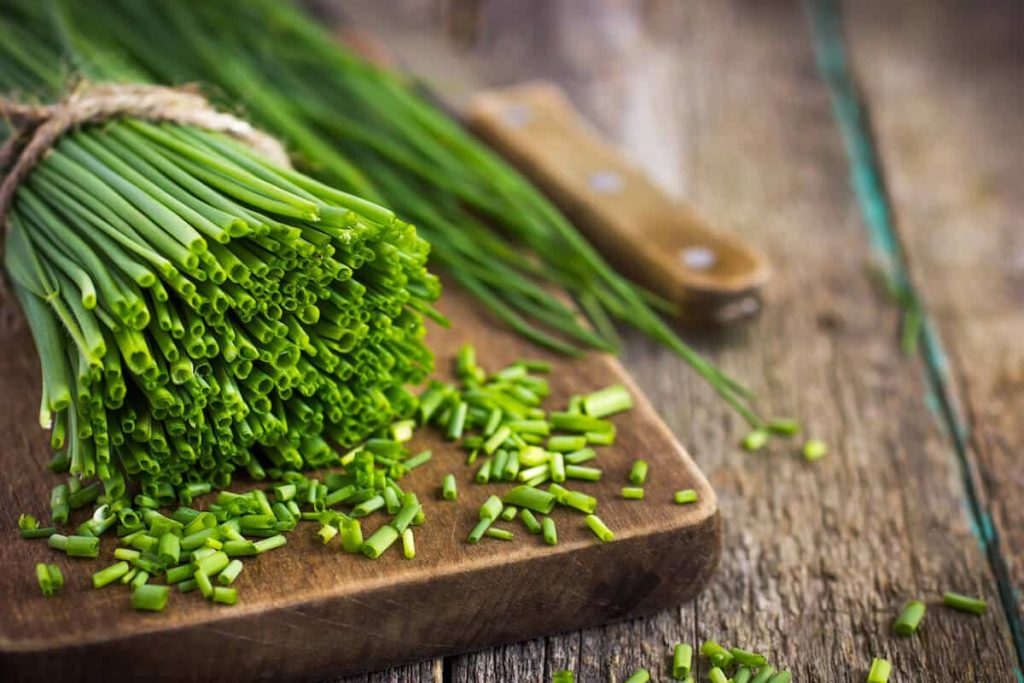
In the kitchen, dried or fresh chives can really take your cooking to the next level. Whether you pair them with vegetables such as potatoes or fish, your meals will have a light, delicious onion flavor. excellent additions to fish, soups, potatoes, and vegetable dishes. Grow your own chives by sowing seeds indoors. Use rich, moist soil and make sure you keep it well-drained. During spring or fall, take the pots outdoors.
- Germination time: 7 – 14 days
- Ideal light conditions: Sunny, yet partly in shade
- Soil: Rich, moist, well-drained
- Type of fertilizer: Incorporate compost at the time of transplant and fish emulsion or other balanced plant food every 3 – 4 weeks thereafter.
- Height: 12 – 18”
- Spacing: 4 – 8”
- Harvest: varies
Cilantro/Coriander
Cilantro is a favorite among nutritionists thanks to its high levels of vitamin C, a powerful antioxidant. Besides that, Cilantro is rich in several other vitamins and minerals. This makes it a revitalizing herb that relieves inflammation, fights against free radicals and aids digestion. However, its benefits don’t stop here. Coriander seeds are good for those who suffer from diabetes as they reduce blood sugar by regulating insulin production. The seeds also have a positive impact on the liver.
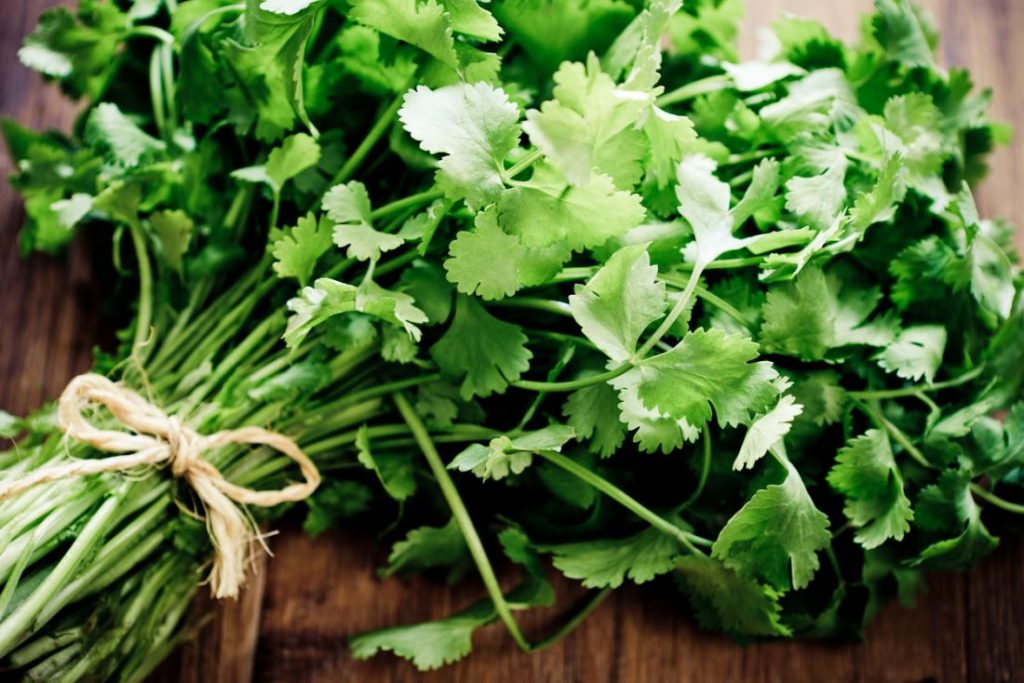
Cilantro has a strong flavor. This makes it a favorite seasoning for meats and salsas. On the other hand, coriander seeds work really good with chicken, various vegetables and soups thanks to their warm, spicy flavor.
If you want to grow these herbs in your very own indoor garden, then sow the seeds directly into the soil. Keep the pots outside from the beginning since this plant requires sowing during spring and summer. Harvest the leaves and keep the seeds in order to re-sow the plant.
- Germination time: 7 – 10 days
- Ideal light conditions: Full sun exposure and light shade
- Soil: Well-drained, pH 6.2 – 6.8
- Tye of fertilizer: Supplement with a balanced fertilizer every 4 – 5 weeks.
- Height: 12 – 18”
- Spacing: 4 – 12”
- Harvest: 3 – 4 weeks
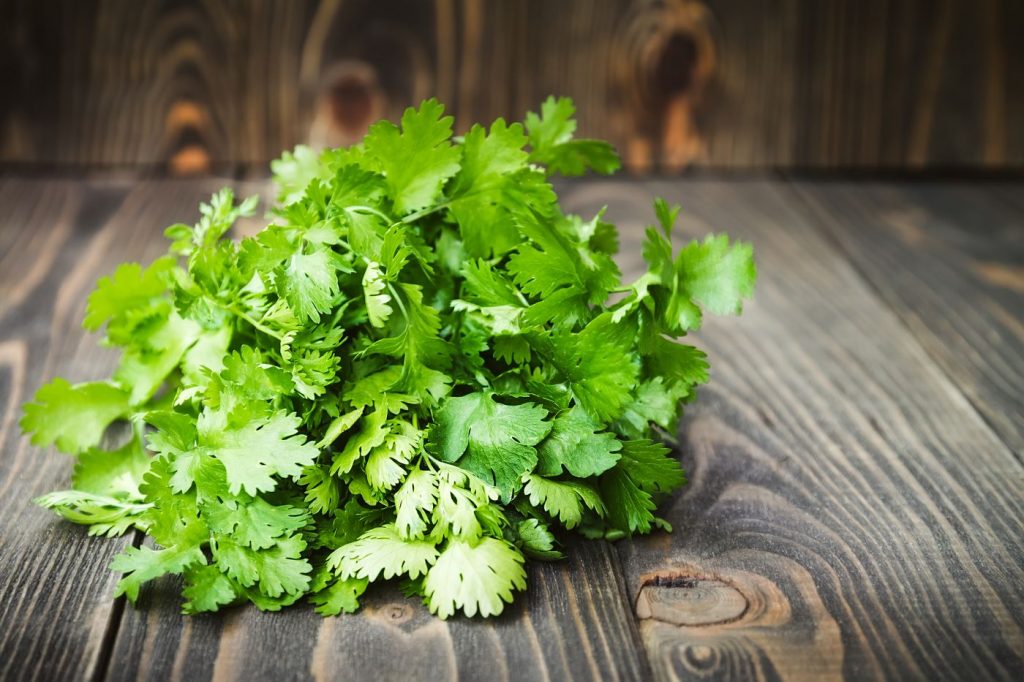
There are many other aromatic plants you can grow in your indoor garden. However, we believe our top 3 herbs to grow indoors that make excellent natural remedies is the way to go. If this is your first time trying out your green thumb, then basil, chives, and cilantro are good plants to start with!


